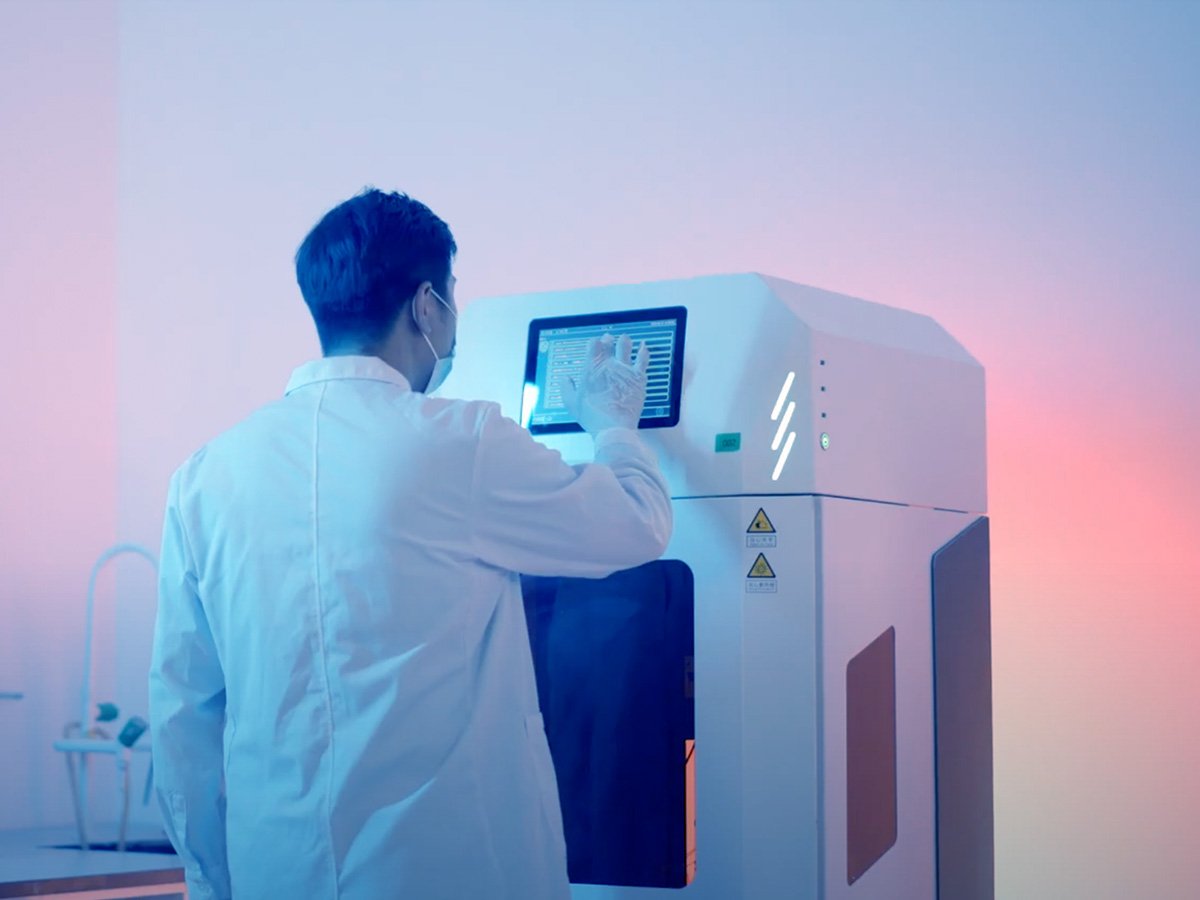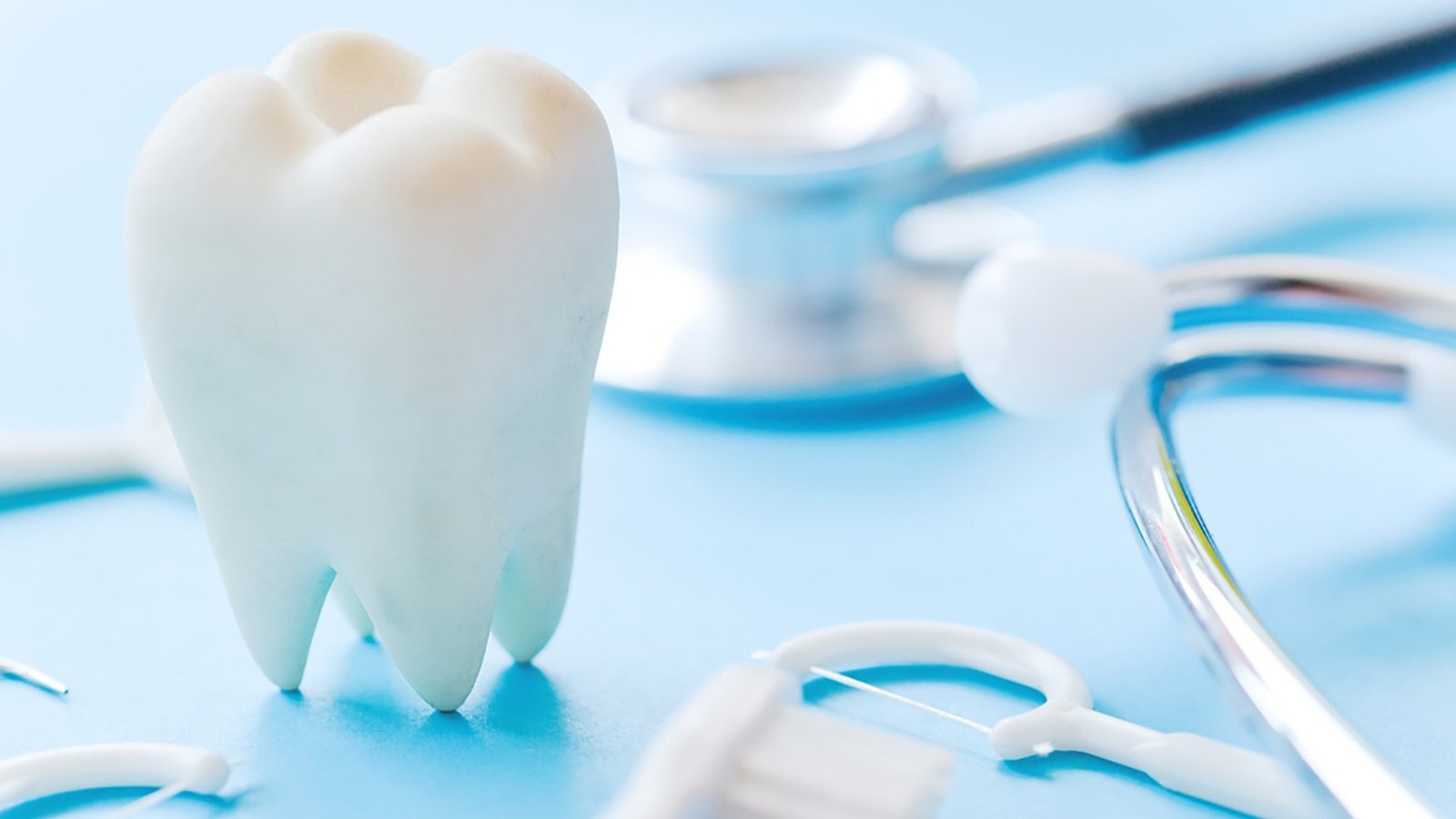Digital dentistry is revolutionizing the way dentists treat patients. Emerging technologies make visits to the dentist quicker, more comfortable, and provide improved outcomes. From photos of your mouth to crowns made in an hour or less, digital equipment is enhancing all aspects of dental care. If you’ve avoided dental treatment due to past bad experiences, digital dentistry solutions may make you rethink this. This article delves into the primary digital technologies employed in modern dentistry, their advantages, and how they’re enhancing dental healthcare for all.
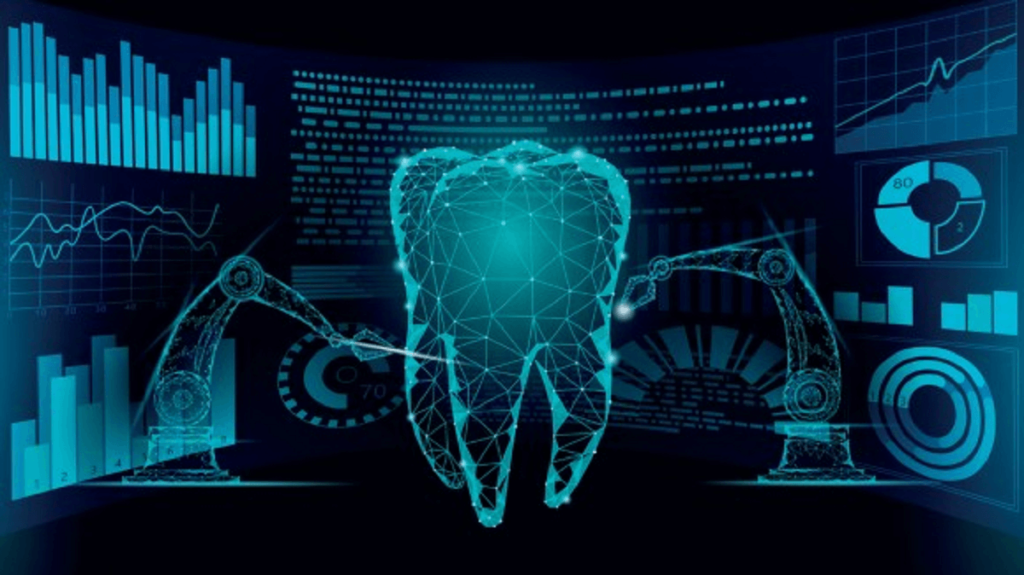
What is Digital Dentistry?
Digital dentistry utilizes computer technology for dental procedures. Rather than conventional equipment and techniques, dentists employ digital devices to assess and treat dental conditions.
Components of digital dentistry are:
- Computer imaging systems
- Digital scanners
- Design and manufacturing software
- 3D printers
These instruments enable dentists to work more accurately. Dental instruments also make your dental experience quick and less painful. Digital dentistry brings everything together in your treatment. Your dentist is able to take an impression, design a crown, and fabricate it in one visit. This way, digital dentistry saves your time and provides better outcomes.
Digital Workflow in Dentistry
Dental digital workflow has completely transformed the way dental professionals plan, diagnose, and treat dental patients. It has replaced the traditional methods. The key stages of dental digital workflow involve using various digital devices.
Here are its stages:
- Taking 3D scans using intraoral scanners.
- Importing the scans into the CAD software for designing crowns, veneers, bridges, etc.
- Designs are milled using 3D printers and milling machines.
Technologies Utilized in Digital Dentistry
Digital Impressions In Dentistry
Old-fashioned dental impressions tend to include uncomfortable materials that most patients dislike. Digital impressions in dentistry have revolutionized this process entirely.
A digital scanner captures detailed images of your teeth and builds a 3D model on a computer screen. This new method is less painful for you while being more precise and quicker than the old methods. Digital impressions are also easy to store and transmit between dental experts. Aidite’s A-IS Pro scanner produces highly accurate digital impressions, allowing dentists to plan treatments with certainty.
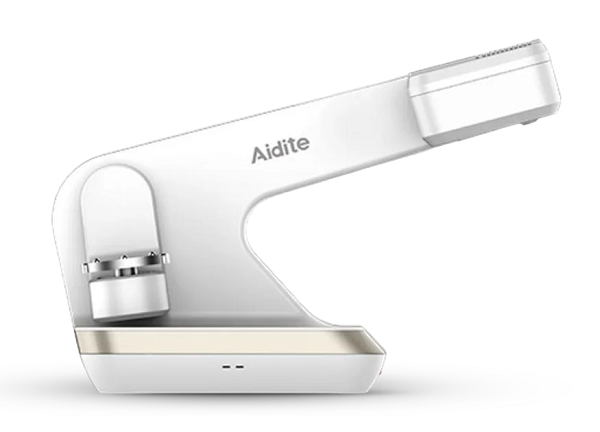
Digital Implants In Dentistry
When restoring missing teeth, digital technology in dentistry provides significant advantages over conventional procedures.
- With special software, your dentist can:
- Plan precisely where to put the implants
- Visualize issues before surgery
- Design guides for exact placement
- Get the job done more quickly
This digital process in dentistry translates into better-looking implants that work more like natural teeth.
Digital Scanning In Dentistry
Digital scanning in dentistry allows dentists to detect issues that may be overlooked during normal checks.
The primary forms of digital scanning used in dentistry are:
- Intraoral Scanners
These portable intraoral scanners capture detailed images within your mouth.
- 3D X-rays (CBCT)
CBCT scanners give whole views in one scan. It shows teeth, bone, and nerves.
- Face Scanning
This ensures dental repairs conform to your facial structure.
Digital scanning technology allows for more accurate diagnoses and improved treatment planning. improved treatment planning.
CAD/CAM System
CAD/CAM (Computer-Aided Design and Computer-Aided Manufacturing) is a digital system that allows dentists to design and even mill the dental restorations in-house.
This technology:
- Creates crowns, bridges, and restorations on a computer
- Makes these restorations chairside
- Avoids the use of temporary crowns
- Means fewer appointments
Aidite’s AiZir Flash Zirconia blocks integrate into CAD/CAM systems to produce durable, life-like restorations in one visit.
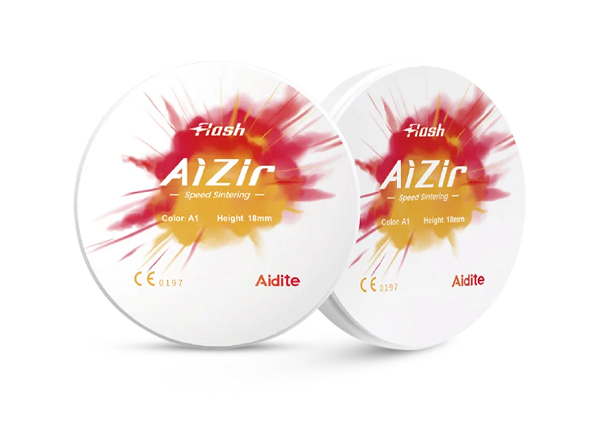
Applications of Digital Dentistry
Orthodontics
Teeth straightening has been revolutionized by digital technology:
- 3D-designed clear aligners
- Virtual planning of treatment for precise tooth movement
- Digital tracking that could decrease office visits
- Custom appliances with 3D-printed models
- More pleasant and frequently quicker treatment
The digital workflow in dentistry has made orthodontic care more attractive to teens and adults.
Prosthodontics
Replacement teeth have been enhanced through digital dentistry:
- Same-day crowns and bridges
- Improved-fitting dentures created digitally
- Virtual smile design for cosmetic cases
- Custom shade matching for a natural look
- Fewer adjustments are required after insertion
Aidite’s zirconia products offer strength and aesthetics for computer-aided prosthodontics. These state-of-the-art products enable restorations to resemble and function like natural teeth.
Implantology
Digital technology improves implant success with:
- 3D planning for the best implant placement
- Guided surgery with printed surgical guides
- Digital design of implant-retained teeth
- Improved integration with adjacent teeth
- More predictable results
Digital technology in dentistry has decreased recovery time and enhanced long-term success rates.
Endodontics
Even root canals are improved by digital technology:
- 3D imaging of canal structure
- Accurate measurement devices
- Computer-assisted instruments
- Improved results with less pain
- Improved healing and recovery
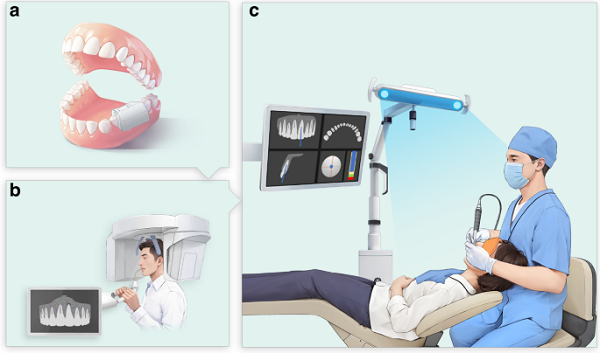
Advantages of Digital Dentistry
For Patients
Digital dentistry provides numerous genuine benefits to patients.
- Appointments tend to be shorter, and you’ll require fewer visits, saving you time and minimizing the hassle of multiple trips.
- Treatments are usually more comfortable, avoiding messy impressions and reducing time in the chair.
- Digital tools create better-fitting crowns, bridges, and aligners, which means fewer adjustments and more natural results.
- You’ll better understand your treatment plan, thanks to visual scans and images that show exactly what’s happening in your mouth.
- Less drilling is often required, so more of your natural tooth can be saved.
- Shorter recovery periods and fewer complications result from more accurate and controlled treatments.
- Digital dentistry also lessens the likelihood of mistakes and rework, making your care easier and more predictable.
For Dentists
Digital dentistry is a strong enhancement for dental clinicians.
- More accurate planning and outcomes are possible with digital dentistry, resulting in higher-quality results for patients.
- Computerized workflows enhance efficiency and productivity, enabling dentists to treat more patients in the same amount of time.
- Patient satisfaction is enhanced, as treatments are more efficient and results are more predictable.
- Recordkeeping is easier and quicker, with easy-to-access digital files that can be easily updated and shared.
- Communication with labs is easier, as digital scans and files can be transmitted instantly.
- This transition to digital instruments is revolutionizing the practice of dentistry faster, cleaner, and more efficient for all concerned.
FAQs About Digital Dentistry
What is digital dentistry?
Digital dentistry employs computer software and technology, such as 3D scanners and printers, to allow dentists to plan, design, and treat teeth more precisely, efficiently, and comfortably than traditional techniques.
Is digital dentistry the future?
Yes, digital dentistry is the future since it renders dental treatment quicker, more precise, and more comfortable for patients, whereas dentists can accomplish better work with fewer mistakes.
What is the difference between digital dentistry and traditional dentistry?
Conventional dentistry involves using manual instruments and physical impressions. Digital dentistry employs computers, three-dimensional scans, and devices that can accomplish tasks quickly, more precisely, and with improved patient outcomes.
What are the developments in digital dentistry?
Some of the significant advances are 3D-printed teeth, digital X-rays, same-day crowns, computer-assisted implants, and intelligent tools that assist dentists in diagnosing and treating conditions earlier and more accurately.
Conclusion
Digital dentistry is a significant forward step in dental treatment. These technologies enhance treatments to be more precise, comfortable, and in many cases, quicker than ever before. With ongoing improvement in digital tools, patients can look forward to even higher standards of dental experience and results. The digital process in dentistry simplifies the whole process from diagnosis to the last treatment.
Aidite paves the way for digital dental solutions with products that are purpose-built for this new age of dentistry. Their state-of-the-art materials integrate perfectly with digital technology to produce dental restorations that appear natural and last longer. By selecting a dentist who incorporates digital technology and high-quality products such as Aidite, you’re investing in improved dental health with shorter time spent in the dental chair.

